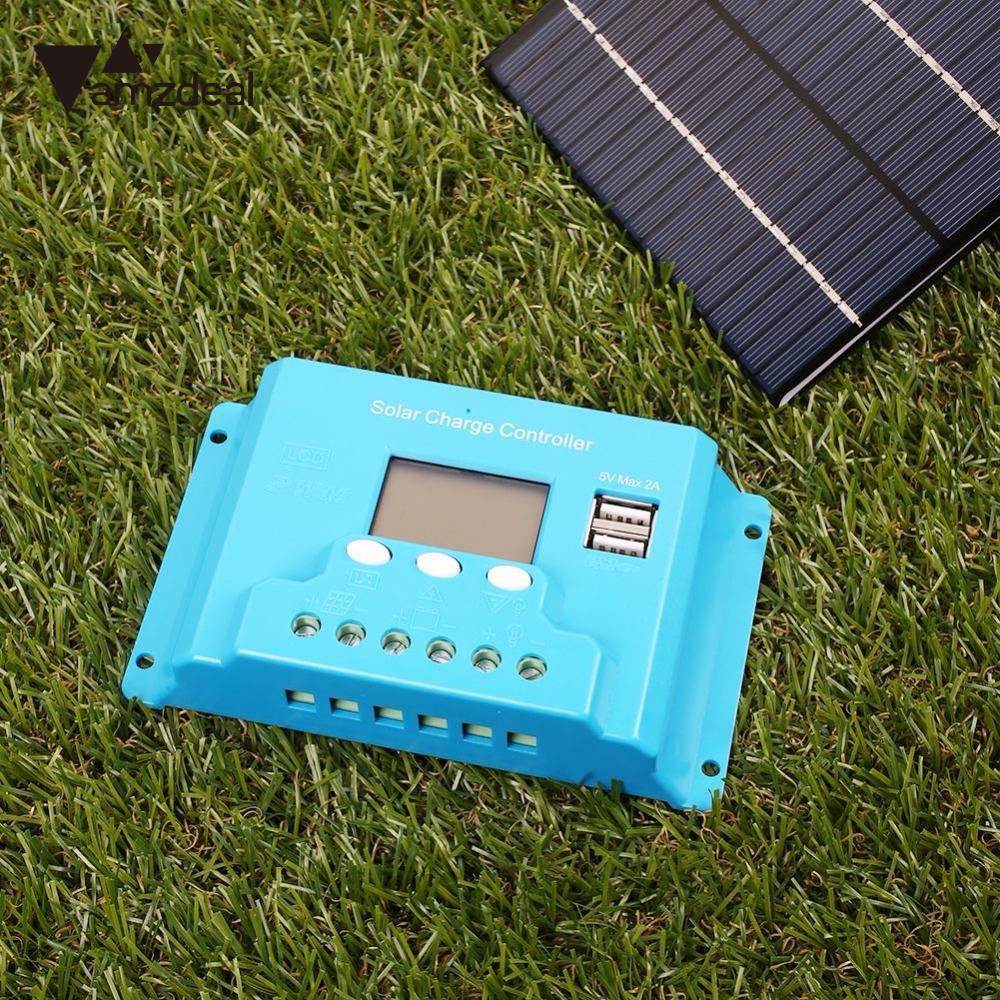PWM (Pulse Width Modulation) controllers and MPPT (Maximum Power Point Tracking) controllers are two different types of solar charge controllers used in photovoltaic systems to regulate and optimize the charging of batteries from solar panels. Each type has its own advantages and disadvantages.
PWM Controller (Advantages):
- Simplicity: PWM controllers are generally simpler in design and operation compared to MPPT controllers. This can make them more reliable and easier to troubleshoot.
- Cost-Effective: PWM controllers are often more affordable than MPPT controllers, making them a cost-effective choice for smaller solar systems or applications with lower energy demands.
- Low Power Loss: PWM controllers have lower power losses when compared to MPPT controllers in cases where the solar panel voltage is close to the battery voltage.
- Suitable for Small Systems: PWM controllers work well for small-scale systems with a single solar panel or where the solar panel voltage is closely matched to the battery voltage.
PWM Controller (Disadvantages):
- Lower Efficiency: PWM controllers are less efficient than MPPT controllers, especially when the solar panel voltage is significantly higher than the battery voltage.
- Voltage Mismatch: When the solar panel voltage is much higher than the battery voltage, PWM controllers can waste a considerable amount of energy as heat.
- Limited Voltage Range: PWM controllers are not as effective in systems with multiple solar panels in series, as they cannot fully harness the available power.
MPPT Controller (Advantages):
- Higher Efficiency: MPPT controllers are significantly more efficient than PWM controllers, especially when dealing with solar panels that have a higher voltage output than the battery voltage.
- Increased Energy Harvesting: MPPT controllers can harvest more energy from the solar panels by finding the optimal operating point (maximum power point) of the panels regardless of the battery voltage.
- Wide Voltage Range: MPPT controllers can accommodate a wider range of solar panel voltages and efficiently convert that energy to charge the battery.
- Multiple Panel Compatibility: MPPT controllers are better suited for systems with multiple solar panels connected in series or parallel, allowing for flexibility in designing larger systems.
MPPT Controller (Disadvantages):
- Complexity: MPPT controllers are more complex in design, which can lead to potential reliability and maintenance issues.
- Higher Cost: MPPT controllers are generally more expensive due to their increased efficiency and complex electronics.
- Sensitivity to Temperature: MPPT controllers may be affected by temperature changes, as temperature can impact the efficiency of the electronics that track the maximum power point.
In summary, the choice between a PWM controller and an MPPT controller depends on the specific characteristics of your solar system, including the number and configuration of solar panels, the battery voltage, energy demands, and budget constraints. If you have a system with higher voltage solar panels and want to maximize energy harvesting, an MPPT controller is likely a better choice. However, for simpler and smaller systems, a PWM controller might suffice.


